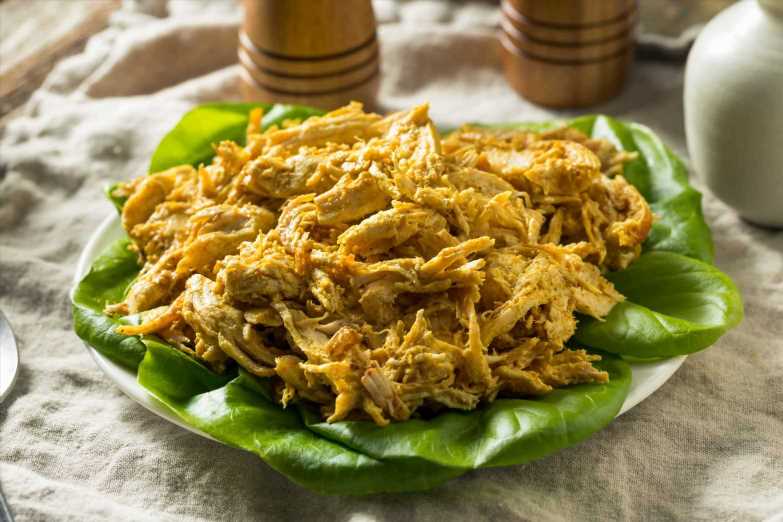THE story behind the royal dish that transformed itself into an British summertime buffet classic begins at the Queen's coronation in 1953.
Royals together with dignitaries from around the world sat down in June 1953 to eat the new culinary experiment of Poulet Reine Elizabeth – what we all now know as coronation chicken.

When was coronation chicken invented?
The chicken dish was invented to specifically mark the crowning of Queen Elizabeth II and was served at her royal luncheon on the day – 70 years before Charles' coronation this weekend.
The masterminds behind the now British staple were Rosemary Hume, Constance Spry and their students at the historic culinary school, Le Cordon Bleu, were all tasked with creating a recipe suitable for such a celebration.
They came up with the landmark cold dish of boned chicken coated in a curried cream sauce.
"The ingredients used were remarkable for their time, with many of them only just becoming available, whilst the majority of the country was still under the restrictions of post-war rationing," the cookery school writes.
read more on the coronation

Charles & Camilla wave to crowds on way to coronation rehearsal

Live updates ahead of King Charles’ coronation as weather forecast revealed
Yet, the menu had to be suitable for a whole range of guests from all corners of the world and made in a kitchen with limited facilities – practicality was essential.
And yet, this dish was still a luxurious treat in a country that still couldn't get its hands on many ingredients.
Chicken was a rare treat and curry had barely being heard of – making Poulet Reine Elizabeth both expensive and exotic.
Seventy years on and we see the very same stuff crammed into supermarket sandwiches or as an afterthought in a busy outdoor buffet.
Most read in Fabulous

Speculation Prince Harry has landed back in UK for coronation as rift rages

I’m a fashion expert – 8 tricks Kate Middleton uses to look flawless

Kate & Wills raise a pint for coronation & reveal how son, 9, feels about role

People are only just realising what wine gums are REALLY made of
What is the original coronation chicken recipe?
The original recipe involved "roasting chickens, water and a little wine to cover carrot, a bouquet garni, salt, peppercorns and a cream of curry sauce," says Le Cordon Bleu.
It has since evolved and adapted with the times and its ingredients list has largely shortened.
Now, what we know as coronation chicken is a bright yellow dish usually made with curry powder and mayonnaise and possibly has some sultanas floating around.
Legendary British chefs all have their own take on the classic, spicing it up with ingredients such as mango, lime and coriander.
What is coronation sauce made out of?
The original recipe led with poaching whole chickens in water with parsley, thyme and bay leaves.
Then came the best part – a thick, velvety sauce tinged with spice was made up of onion, curry powder, tomato pureé, red wine, lemon, apricot pureé and whipped cream.
Did the Queen eat coronation chicken?
The late Queen was attending her coronation banquet a long with 350 foreign dignitaries when the Poulet Reine Elizabeth was first ever debuted and tested.
The brand new creation was served with a well-seasoned salad of rice, green peas and pimentos.
To mark her Platinumed Jubilee last year, the former Queen even met with one of the students responsible for her iconic coronation dish.
Angela Wood, was 19 when she helped to perfect the creamy chicken and clearly the late Queen had not forgotten.
Ahead of King Charles' coronation, Buckingham Palace announced the official dish would be 'Coronation Quiche', which features spinach and broad beans.
Read More on The Sun

Eight freebies and discounts you can get on Universal Credit worth thousands

Driver warning – speed camera myths that drivers always get wrong
The Royal website described it as "a deep quiche with a crisp, light pastry case and delicate flavours of spinach, broad beans and fresh tarragon".
The announcement went on to say the recipe is perfect for "a Coronation big lunch."
Source: Read Full Article


